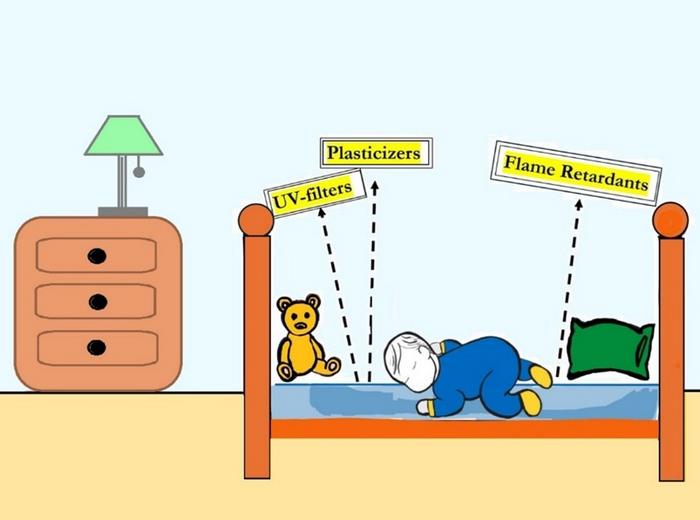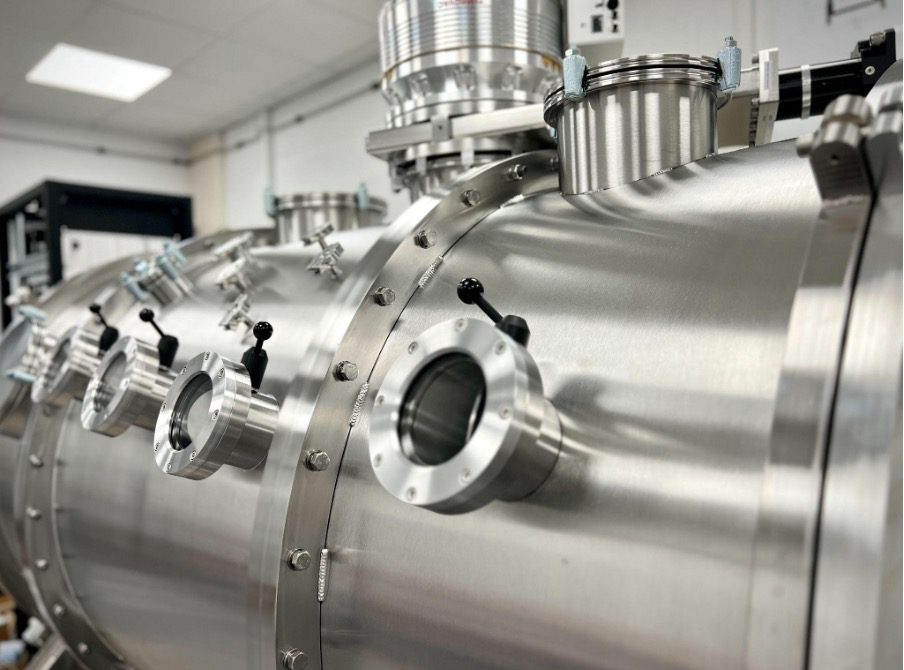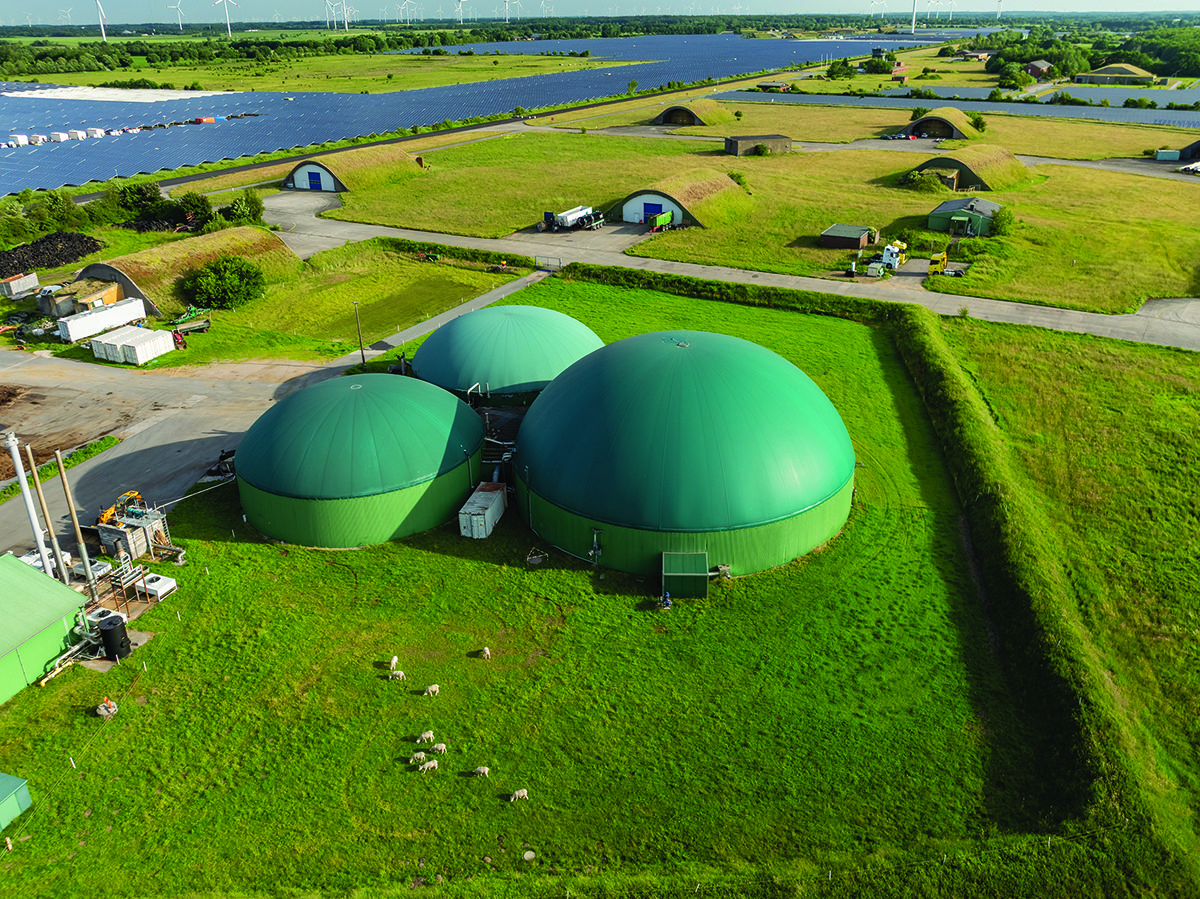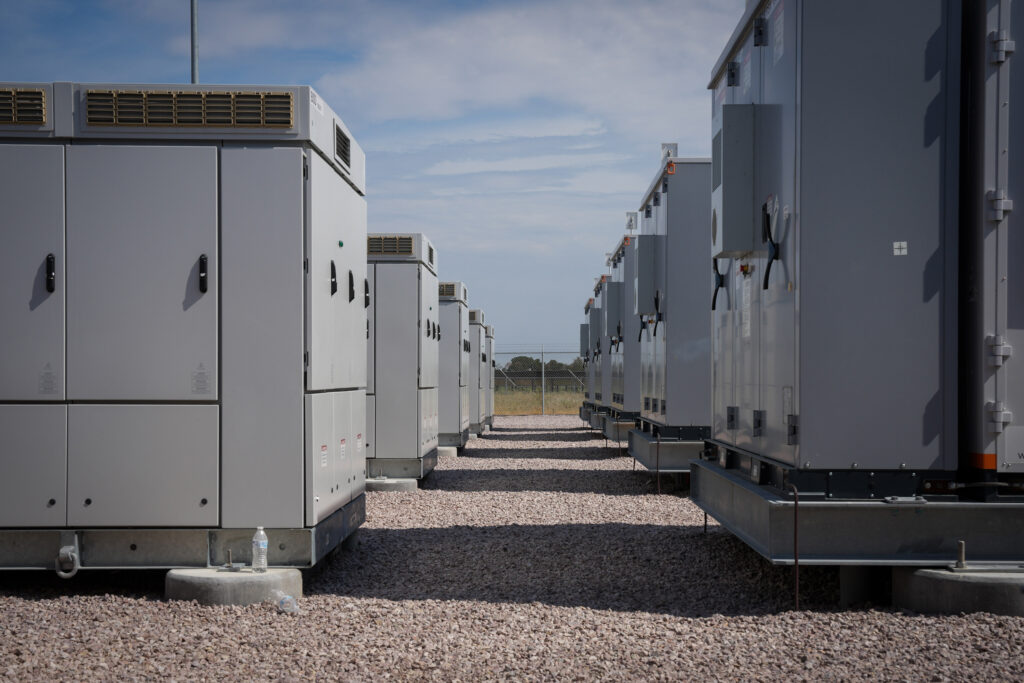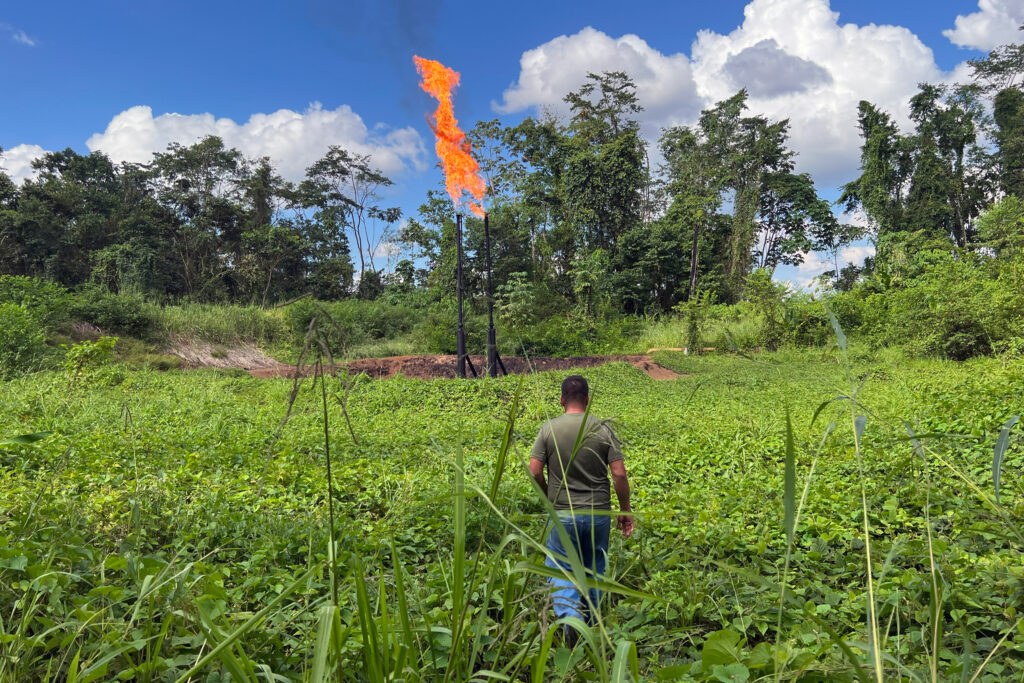Researchers are urging mattress manufacturers and governments to act, following a couple of new studies (words: the Green Science Policy Institute).
Babies and young children may breathe and absorb plasticizers called phthalates, flame retardants, and other harmful chemicals from their mattresses while they sleep, according to a pair of peer-reviewed studies published today from the University of Toronto in Environmental Science & Technology and Environmental Science & Technology Letters. These chemicals are linked to neurological and reproductive problems, asthma, hormone disruption, and cancer.
“Sleep is vital for brain development, particularly for infants and toddlers. However, our research suggests that many mattresses contain chemicals that can harm kids’ brains,” says senior author Miriam Diamond, professor at the University of Toronto. “This is a wake-up call for manufacturers and policymakers to ensure our children’s beds are safe and support healthy brain development.”
In the first study, researchers measured chemical concentrations in 25 bedrooms of children aged 6 months to 4 years. They detected concerning levels of more than two dozen phthalates, flame retardants, and UV-filters in bedroom air, with the highest levels lurking around the beds. In a companion study, researchers tested 16 newly purchased children’s mattresses and confirmed that they are likely the major source of these chemicals in children’s sleeping environments. When the researchers simulated a child’s body temperature and weight on the mattresses, chemical emissions increased substantially, as much as by several times. The mattresses were purchased in Canada, but most contained materials originating from other countries including the U.S. and Mexico. Because of integrated mattress markets and supply chains, the results are likely to apply to mattresses purchased throughout North America.
The phthalates and organophosphate ester flame retardants measured in this study are hormone disruptors and linked to neurological harms, including learning disorders, reduced IQ scores, behavioral problems, and impaired memory. Some are also linked to childhood asthma and cancer. Several UV-filters are hormone disruptors. Children are uniquely vulnerable to exposure, given that they are still developing, have hand-to-mouth behaviors, and have breathing rates ten times higher than adults. They also have more permeable skin and three times the skin surface area relative to their body weight than adults.
The high levels of flame retardants in most of the mattresses tested were puzzling, given these chemicals are not necessary to pass neither Canadian nor U.S. mattress flammability standards. Flame retardants are linked to neurological, reproductive, and hormonal harm as well as cancer, and also have no proven fire-safety benefit as used in mattresses.
“Parents should be able to lay their children down for sleep knowing they are safe and snug,” said co-author Arlene Blum, Executive Director of the Green Science Policy Institute. “Flame retardants have a long history of harming our children’s cognitive function and ability to learn. It’s concerning that these chemicals are still being found in children’s mattresses even though we know they have no proven fire-safety benefit, and aren’t needed to comply with flammability standards.”
The researchers call for manufacturers to be more vigilant about the chemicals in children’s mattresses through testing. Further, stronger regulations on the use of flame retardants and phthalate plasticizers in children’s mattresses are needed. In Canada, the authors recommend extending restrictions on certain plasticizers from toys and objects to be mouthed to include mattresses and other bedding items and passing long-proposed restrictions on two flame retardants. Several mattresses had chemicals that are banned or restricted in Canada, suggesting that manufacturers need to test children’s mattresses for these chemicals and other unnecessary chemicals before putting them on the market.
In the meantime, there are actions parents can take to reduce their children’s exposure. The authors recommend decluttering your child’s sleeping area by reducing the number of pillows, blankets, and toys. They also recommend washing and refreshing your child’s bedding and bed clothing frequently since these act as a protective barrier to reduce exposure. Finally, they say that undyed or neutral color fabrics are likely safer since keeping strong colors requires the addition of UV-filters and other additives that may be harmful.
Both studies were conducted as part of lead author Sara Vaezafshar’s PhD dissertation at the University of Toronto and funded by the University of Toronto Fellowship, Ontario Graduate Scholarship, and the Natural Sciences and Engineering Research Council of Canada.



